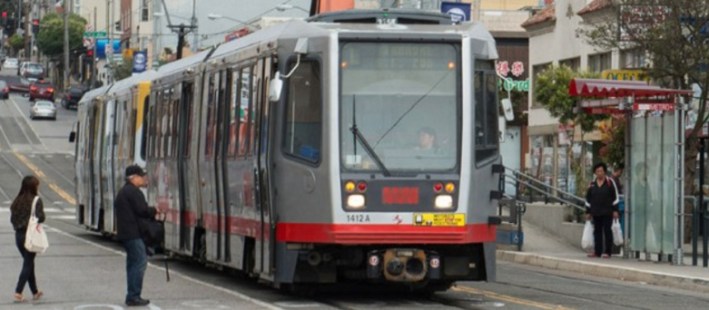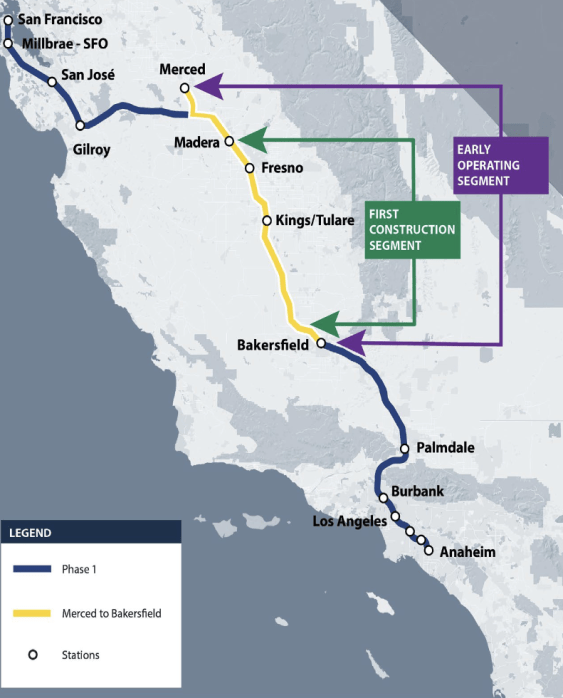Guest Editorial: Safety Must Come First on Taraval
9:49 AM PDT on September 20, 2016

Every day 29,000 Muni riders and countless walkers travel on Taraval Street, one of the city’s 12 percent of streets responsible for over 70 percent of traffic deaths and life-changing injuries. On average, every five and-a-half weeks someone is hit while walking on Taraval.
This afternoon, walkers and MUNI riders will have a once-in-a-generation chance as the SFMTA Board of Directors considers a proposal to reshape this deadly street into a safe place for everyone.
But whether the SFMTA will deliver a life-saving project, or a watered-down conciliation that will continue to put our fellow community members’ lives at risk, is yet to be seen.
Nearly three years ago, the City of San Francisco adopted Vision Zero--the goal to end all severe and fatal traffic crashes by 2024. Under Vision Zero, no loss of life on our transportation system is acceptable, because traffic crashes are preventable; they are not helpless “accidents” without solutions. In Sweden, where Vision Zero originated, engineers hold themselves responsible, declaring, “In every situation a person may fail, the road system should not.”
The result is the lowest traffic death rate in the world.
San Francisco became a national leader by adopting Vision Zero--a data-driven, morally sound commitment to end the unnecessary and inequitable carnage on our streets. But will the city hold true to the proud words adopted in their policy statements by building the life-saving projects necessary to reach Vision Zero by 2024?
On Taraval Street, both crash patterns and solutions are clear.
Fifty percent of crashes happen when people get on or off the L at stops without boarding islands, because people are forced to step into moving traffic.
The solution is simple: add boarding islands.
The remaining 50 percent of crashes are related to behaviors such as failure to yield and speeding, where, again, there are proven solutions to slowing speeds and making pedestrians more visible.
Instead of these clear-cut solutions, SFMTA is planning to pilot “stop here” painted markings at five of the 16 stops, appeasing complaints about parking relocation required to make space for concrete boarding islands. Worse yet, even if 10 percent of vehicles never yield at these stops, after the pilot, the paint treatment will become permanent. Would you accept a guaranteed 10 percent failure rate for you and your loved ones?
In addition, treatments to prevent the remaining 50 percent of crashes along Taraval are meager at best: only six intersections along the 31-block project will receive improvements, leaving dozens of intersections by schools and senior zones unsafe.
After the Mayor’s recent Executive Directive, which calls for the highest quality Vision Zero infrastructure, will the city adopt deficient projects that continue to put lives at risk?
Join us in demanding more by signing our petition.
Nicole Ferrara is Executive Director of Walk San Francisco
The SFMTA Board will hear public comment today, Tuesday, Sept. 20, on the L-Taraval project at 1 p.m., City Hall Room 400, 1 Dr. Carlton B. Goodlett Pl., S.F.
Stay in touch
Sign up for our free newsletter




